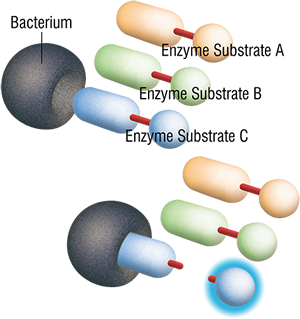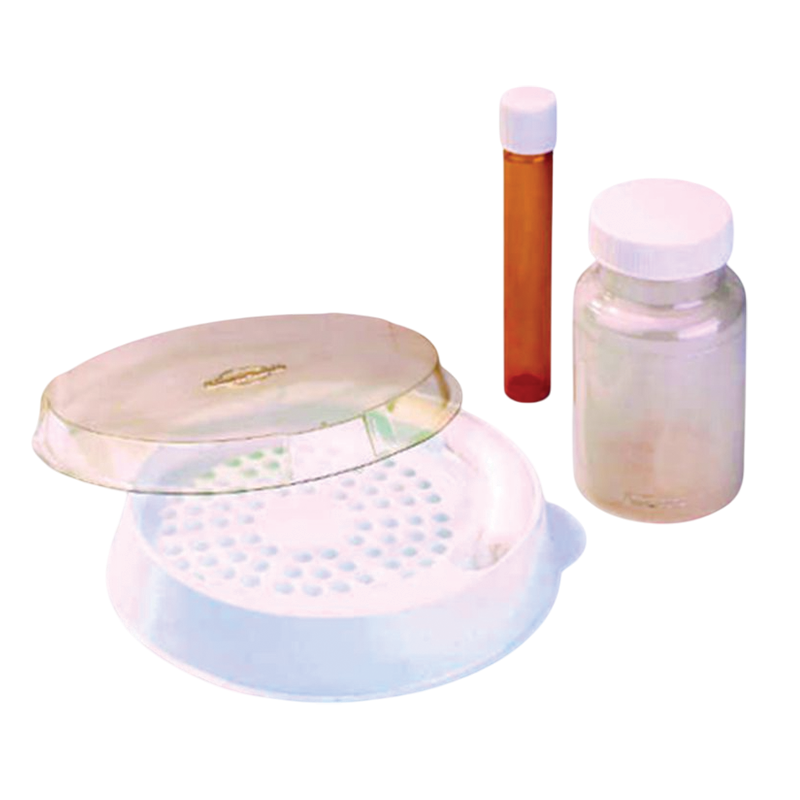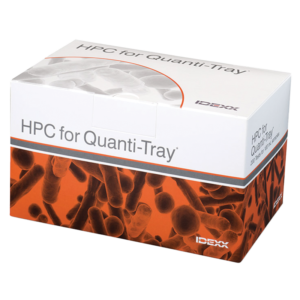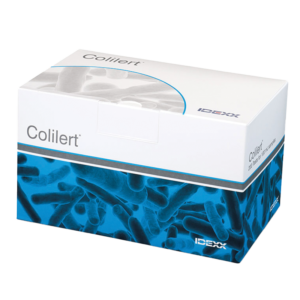Easy
- Easier to read and use than the pour-plate method.
- No agar preparation.
- Most Probable Number (MPN) counting range minimizes need for dilutions.
Rapid
- Instant media preparation.
- Less than 2 minutes of hands-on time.
- Reduced read time.
Accurate
- Correlates with U.S. EPA-approved, pour-plate method1using plate count agar and 48-hour, 35°C incubation.2
- Simplified procedure minimizes chance of contamination.
- Less subjective interpretation than pour plate.
Economical
- Less equipment to purchase and maintain.
- Increased productivity saves labor costs.
- Minimal Quality Control (QC).
Science
How SimPlate for HPC works
Multiple Enzyme Technology Medium—the SimPlate for HPC medium uses IDEXX Multiple Enzyme Technology (MET) to detect heterotrophic plate count (HPC) bacteria in water. The reagent contains multiple unique enzyme substrates, each targeting a different bacterial enzyme. The most common enzymes of waterborne bacteria are all targeted.
All of the enzyme substrates produce the same signal when metabolized. Therefore, a given waterborne bacteria will be able to metabolize one or more enzyme substrates and produce a signal. In the case of SimPlate for HPC, the signal is fluorescence under 365 nm UV light.
After the sample and medium are added to the plate, the wells fill automatically as the user swirls the plate. No pipetting is needed.
Once the wells are filled, the plate is angled and excess sample/medium mixture is poured into the absorbent pad. The SimPlate takes advantage of surface tension to hold the proper amount of sample/medium mixture in each of its 84 wells as excess is poured off.
SimPlates are incubated upside down to prevent condensation from collecting on the lid. Since each well is isolated from the others, bacteria from one well will cause only that one well to fluoresce.
The number of wells that fluoresce is converted to a Most Probable Number (MPN) using the table provided with the product. The high number of wells (84) results in a very high counting range and precise 95% confidence limits. The counting range is from <1 to 738 per plate (more than double a standard pour plate) with the multi-dose SimPlate for HPC.







